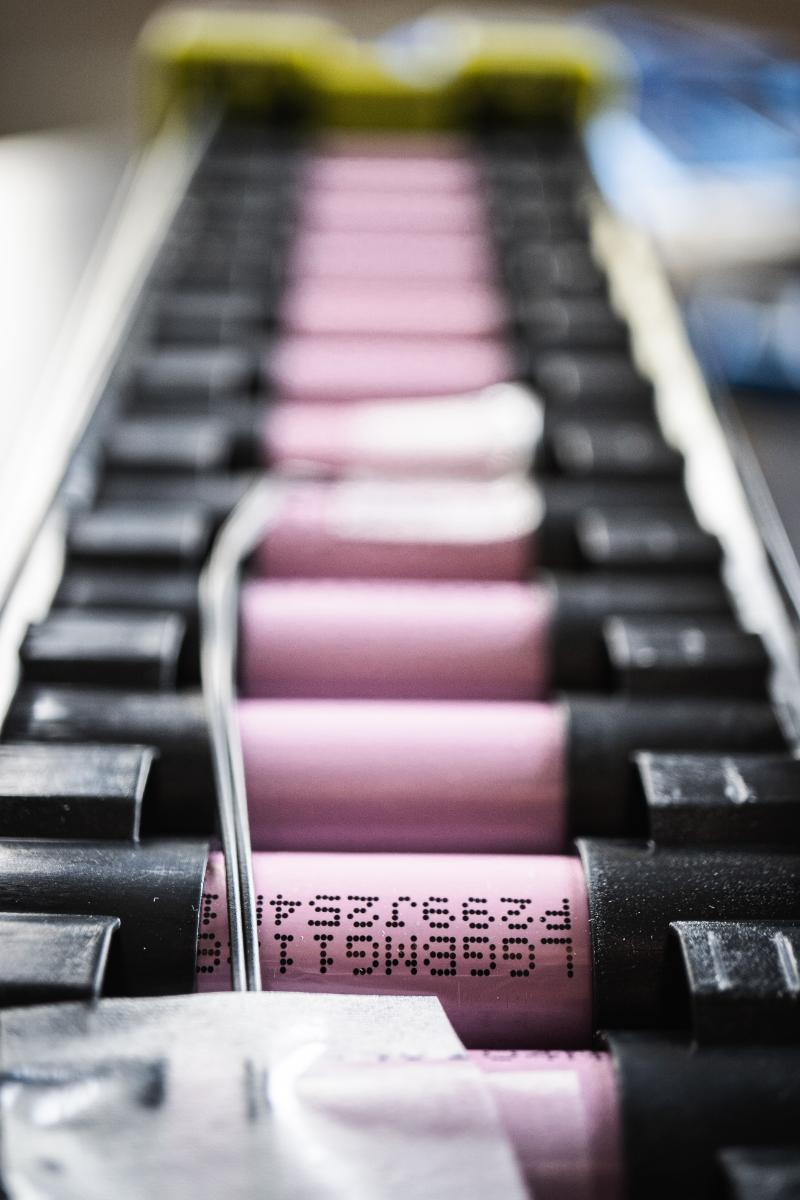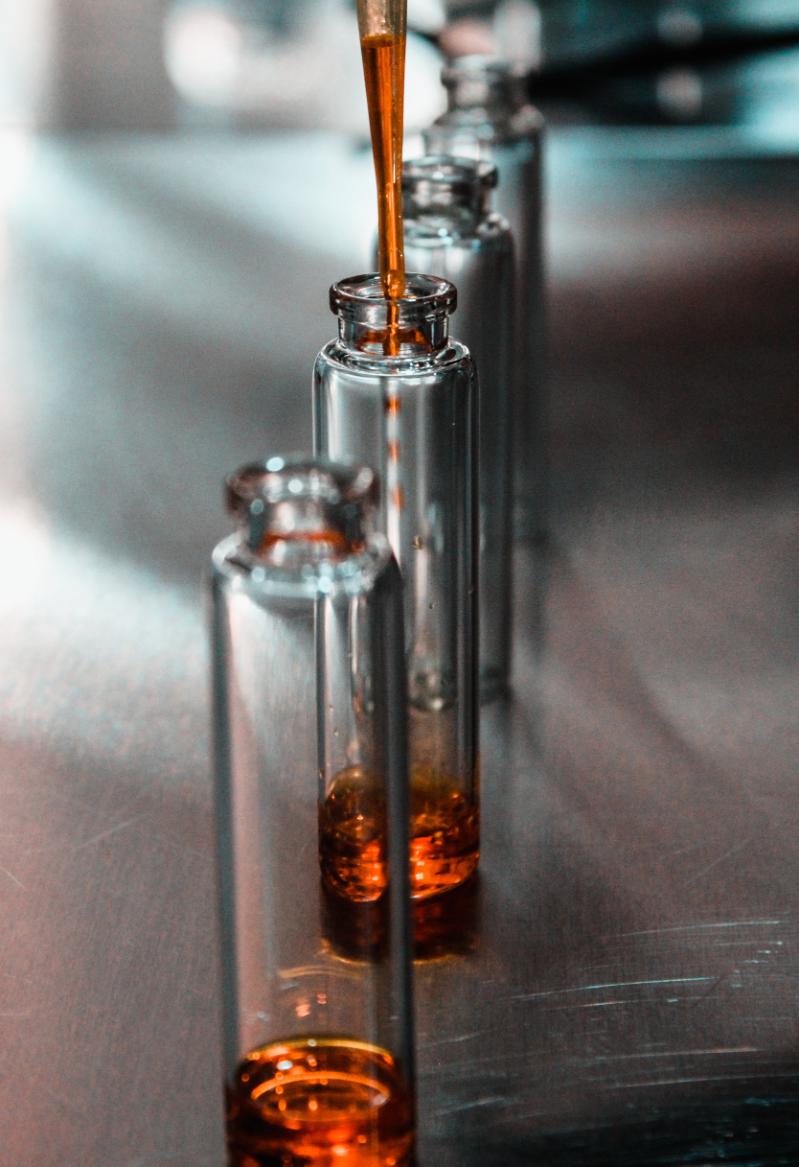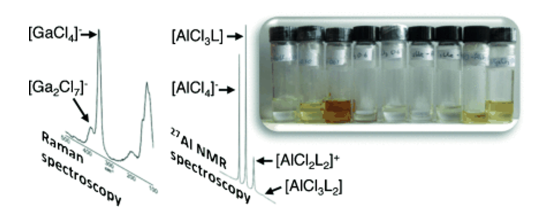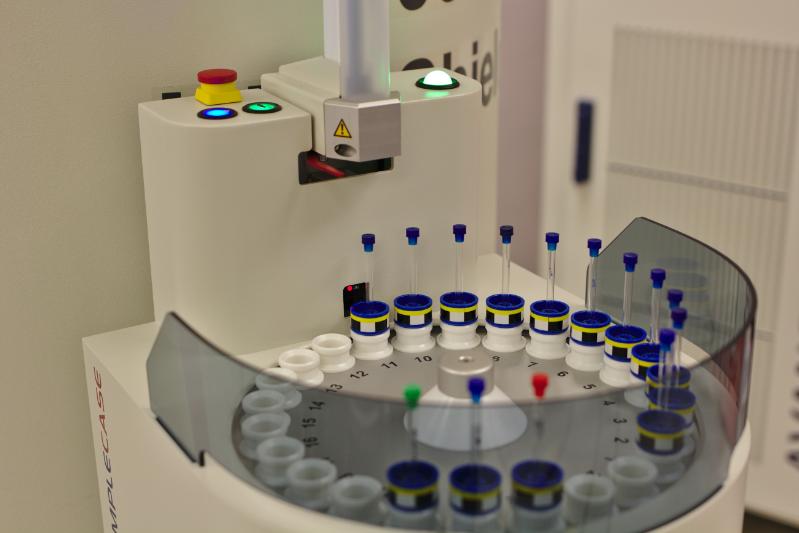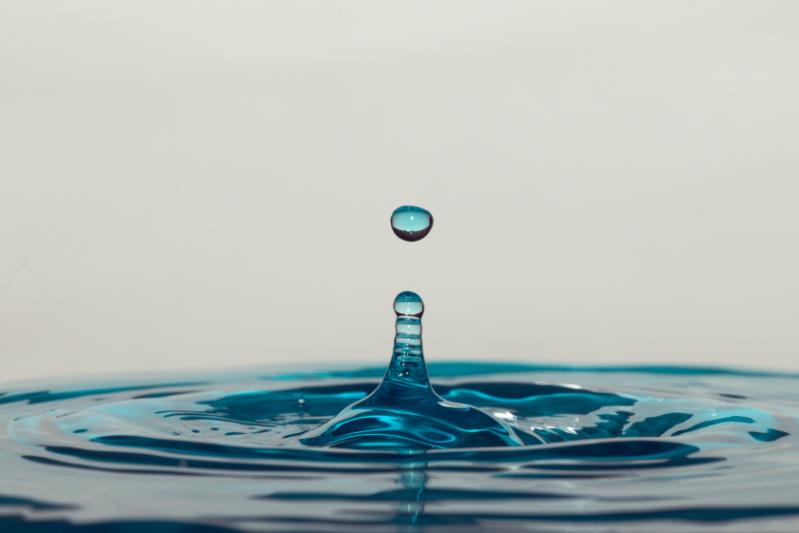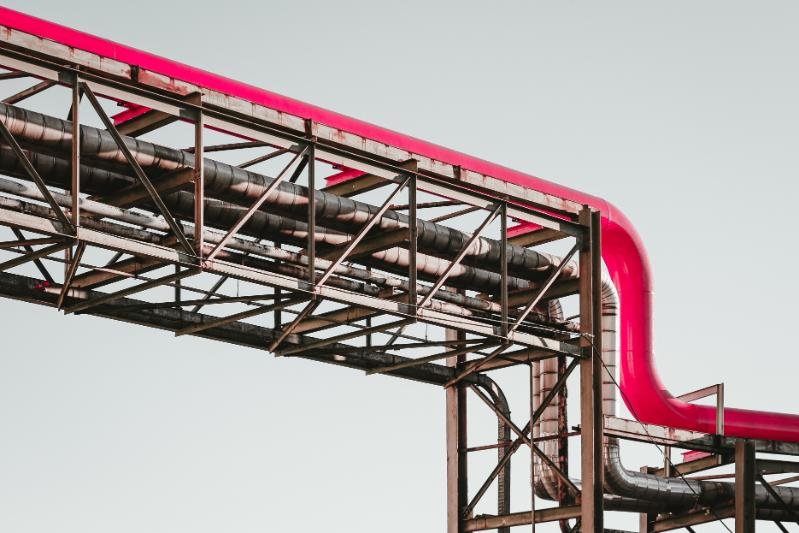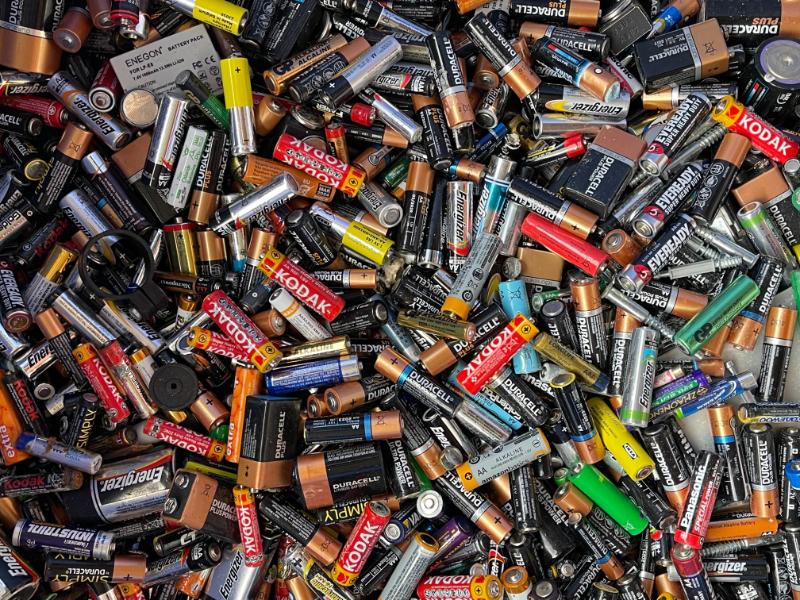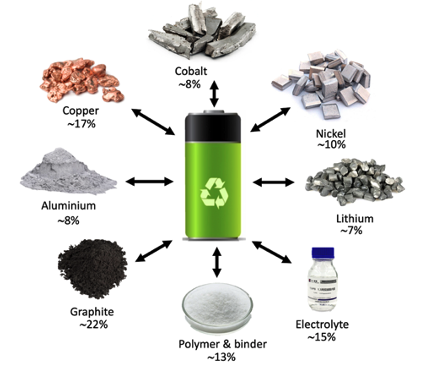TestSection
Successful applicants will work in research labs, supervised and trained by PhD students or PDRAs on daily basis, and will contribute to ongoing research within QUILL. In September, they will have the opportunity to present their research to QUILL researchers and industrial partners.
Application Deadline
The deadline for applications to any of the Summer Studentship projects outlined below is Friday the 4th of June 2021.
Project Suitability
The projects detailed below are suitable for chemists and/or chemical engineers, depending on the project. Students who will be undertaking Levels 3 or 4 of their degree course in October 2021 are encouraged to apply, in addition to those students who have just completed their undergraduate studies.
Project Details
Please see the information below in relation to each of the available projects.
|
NAME |
PI |
PROJECT SCOPE |
|
Nockemann |
Redox flow batteries |
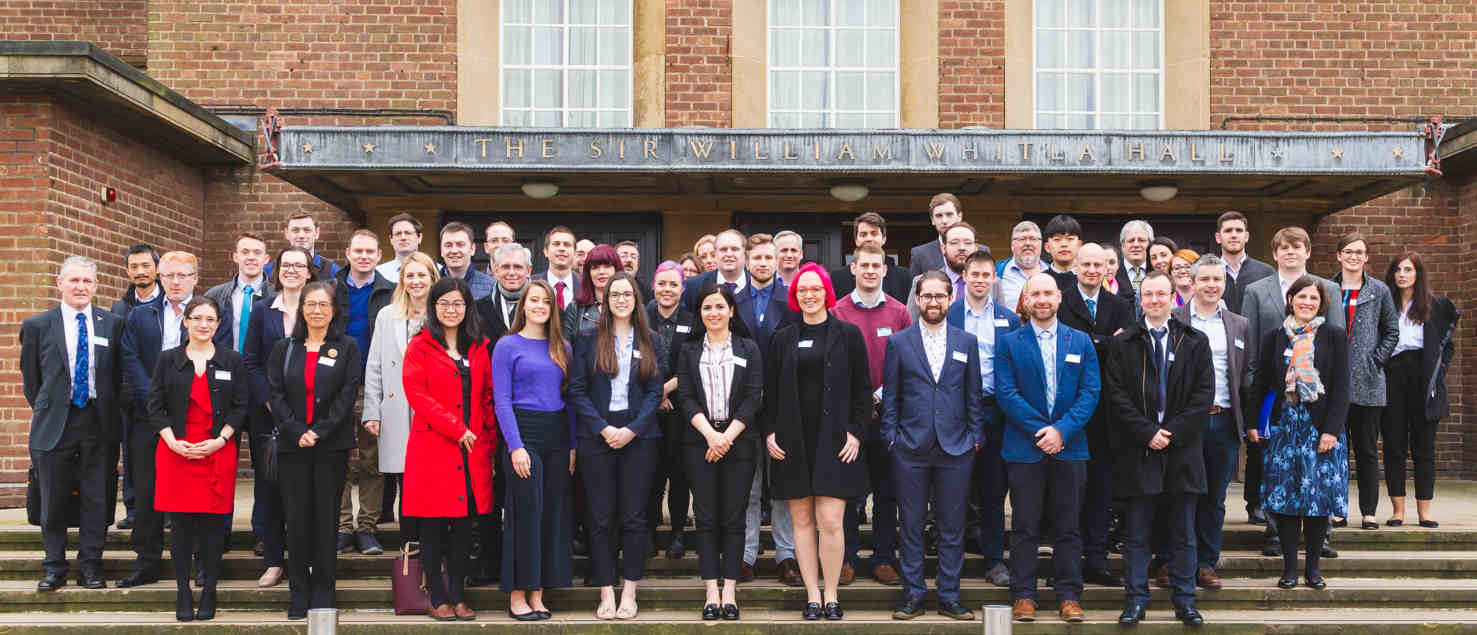
Academics, researchers, IAB members and industrial guests at the March 2019 QUILL Meeting.
|
NAME |
PI |
PROJECT SCOPE |
|
Haris Amir |
Hobrey/Swadźba-Kwaśny |
Hydrophobic, non-coordinating anions for ionic liquids |
|
Dominic Burns |
Hobrey/Swadźba-Kwaśny/Nockemann |
Water purification with ionic liquids |
|
Anthony Dodd |
Nockemann |
Rare earth metal separation |
|
Andrew Forde |
Glover/Nockemann |
Thermal management of batteries for electric vehicles |
|
Oisin Hamill |
Artioli |
Ceria catalyst for after-treatment technologies |
|
Edwin Harvey |
Glover/Nockemann/Istrate |
Design and manufacturing of 3D-printable nanocomposite materials for renewable energy applications |
|
Aloisia King |
Holbrey |
Ionic liquid frustrated lewis pairs |
|
Oguzhan Cakir |
Nockemann |
Magneto-structural properties of boron-containing rare-earth magnets synthesised through ionic liquid pathways |
|
Poh Gaik Law (Jenny) |
Holbrey/Blesic/Swadźba-Kwaśny |
Petronas research programme |
|
Sanskrita Madhukailya |
Moura/Holbrey |
Supported ionic liquid catalysts for the synthesis of 5-substituted tetrazoles |
|
David McAreavey |
Glover/Nockemann/Istrate |
Design and development of effective and interconnected fire suppression systems for lithium-ion batteries in electric vehicle |
|
Sam McCalmont |
Moura |
Chemisorbent materials for olefin/paraffin separation |
|
Emma McCrea |
Swadźba-Kwaśny |
Valorisation of waste plastics |
|
Anne McGrogan |
Swadźba-Kwaśny |
Frustrated Lewis pairs in ionic liquids |
|
Shannon McLaughlin |
Swadźba-Kwaśny/Holbrey/Artioli |
New cations for Lewis acidic ionic liquids |
|
Esther McKee |
Nockemann |
Modelling and Simulation for the Extractive Separation of Rare Earth Elements: Predicting Performance and Pathways |
|
Beth Murray |
Swadźba-Kwaśny/Holbrey |
Liquid Coordination Complexes for the Synthesis of Semiconductor Nanoparticles |
|
Hugh O’Connor |
Nockemann |
Redox flow batteries |
|
Liam O'Connor |
Istrate |
3D printed polymer graphene nanocomposites for biosensor application |
|
Scott Place |
Kavanagh |
Copper-based electrocatalysts for energy applications and sensing |
|
Junzhe Quan |
Holbrey |
Desalination using LCST forming ionic liquid/water mixtures |
|
Nasri Shafie |
Swadźba-Kwaśny/James |
Petronas research programme |
|
Richard Woodfield |
Glover/Nockemann |
Redox flow batteries |
|
Fadhli Wong |
Rooney |
Petronas Research Programme |
|
Sharizal Wong |
Holbrey/Rooney |
Petronas Research Programme |
|
Suriani Yaakob |
Swadźba-Kwaśny/Artioli/Holbrey |
Petronas Research Programme |
|
Farah F Yasin |
Swadźba-Kwaśny/Holbrey |
Petronas Research Programme |
|
Mark Young |
Moura |
Gas separation technologies |
|
Ashraf Zawawi |
Holbrey/Rooney |
Petronas Research Programme |

